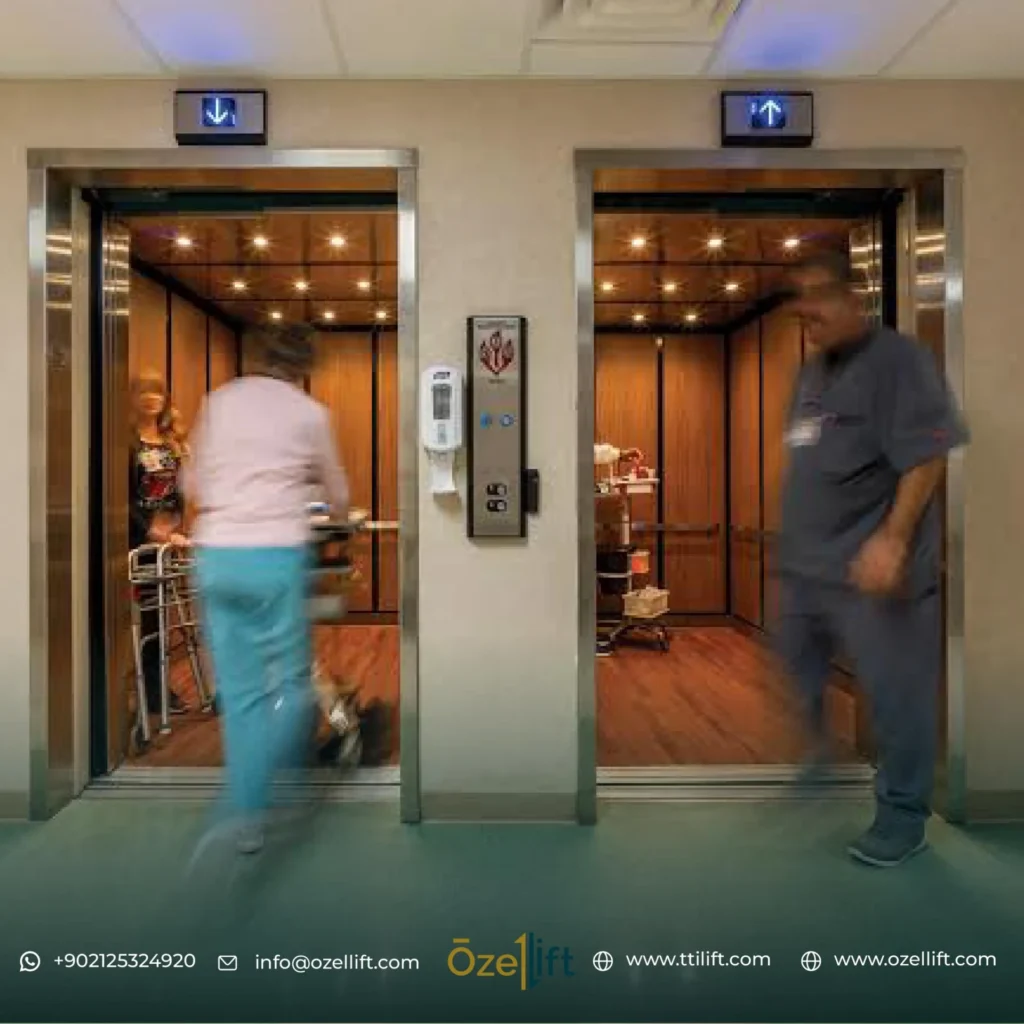When it comes to upgrading your building’s passenger elevator, one of the most important considerations is the passenger elevator capacity. The capacity determines how many people the elevator can safely and comfortably transport at a time. In this section, we will explore the factors that determine elevator capacity and why it is crucial to select the right capacity for your building.
Elevator capacity is measured in terms of the maximum weight it can carry. This weight includes both the weight of the passengers and any additional weight, such as luggage or equipment. The capacity is typically measured in pounds or kilograms. It is important to note that the maximum weight includes not only the passengers inside the elevator cabin but also the weight of the cabin itself.
Factors That Determine Passenger elevator weight capacity
Several factors come into play when determining the ideal passenger elevator weight capacity. These factors include:
- The number of floors in the building
- The estimated number of passengers per day
- The average wait time, peak traffic hours
- The average weight of the passengers.
Let’s take a closer look at each of these factors.
Number of Floors
The number of floors in your building plays a significant role in determining the elevator capacity. Buildings with more floors will typically require elevators with higher capacities to accommodate the increased number of passengers.
Know more about
service elevator vs passenger elevator
Estimated Number of Passengers
The estimated number of passengers per day is another crucial factor to consider in elevator capacity. By analyzing the building’s footfall and the number of people likely to use the elevator, you can get an idea of the capacity required to transport passengers efficiently.
Average Wait Time
The average wait time for an elevator is an essential factor to consider. If the wait time is relatively long, it may be a sign that the elevator capacity is insufficient for the building’s needs. Increasing the capacity can help reduce wait times and improve overall efficiency.
Peak Traffic Hours
Peak traffic hours are the busiest times during the day when the elevator experiences the highest passenger influx. By considering the peak traffic hours, you can ensure that the elevator capacity is sufficient to handle the increased demand during these periods.
Average Weight of Passengers: The average weight of the passengers is a crucial factor in determining the elevator capacity. It is essential to consider the weight distribution of the passengers to ensure that the elevator can safely carry the load without exceeding its maximum weight limit.
Contact us for more information about Passenger Elevator Capacity
how much weight can an elevator hold – elevator max weight
The weight an elevator can hold varies depending on its design. Most elevators in buildings can handle between 2,100 and 5,000 pounds, which is enough for several people and their belongings.
Importance of Selecting the Right elevator weight capacity
Selecting the right elevator weight capacity is crucial for several reasons. Firstly, it ensures the comfort and safety of the passengers. Overcrowded elevators can lead to inconvenience, discomfort, and potential safety hazards. On the other hand, an elevator with excessive capacity can result in wasted space and energy.
Secondly, choosing the right elevator capacity helps optimize the efficiency and performance of the elevator system. By accurately estimating the number of passengers and their weight, you can avoid overloading the elevator and ensure smooth and efficient transportation.
Lastly, selecting the appropriate elevator capacity is essential for compliance with safety regulations. Authorities often have specific guidelines and regulations regarding elevator capacity to ensure the safety of the passengers. By adhering to these guidelines, you can avoid potential legal issues and guarantee a safe environment for everyone using the elevator.
Know more about
Passenger elevators
geared and gearless traction elevator
best elevator company to work for
Conclusion: Choosing the Right Passenger Elevator for Your Needs
In conclusion, selecting the right passenger elevator capacity for your building is essential for ensuring efficient and convenient vertical transportation. By understanding the different types of passenger elevators available and their respective capacities, you can make an informed decision that meets your building’s unique needs.
Installing a passenger elevator offers numerous benefits, including improved accessibility, enhanced efficiency, increased property value, enhanced safety, and improved aesthetics. Popular brands and models of passenger elevators include Otis, KONE, Schindler, and Thyssenkrupp.
When choosing between a Service Elevator and a Passenger Elevator, consider factors such as capacity, speed, space, aesthetics, energy efficiency, and safety features. Consult with industry professionals for tailored advice and accurate quotes. At Ozellift, we specialize in providing safe and reliable elevator solutions to enhance convenience and safety in everyday life. Choose the right home elevator to enjoy a more accessible living space for years to come.
How is passenger elevator capacity determined?
Factors like elevator car size, design, supporting structure strength, and drive system type influence capacity. Choose appropriately for smooth and safe operation.
What are the key differences between service and passenger elevators?
Service elevators transport goods, while passenger elevators transport
people. They differ in design, location, and usage scenarios.
What benefits do passenger elevators offer for buildings?
Benefits include improved accessibility, efficiency, property value, safety features, and aesthetics. Choose the right elevator for building optimization.



